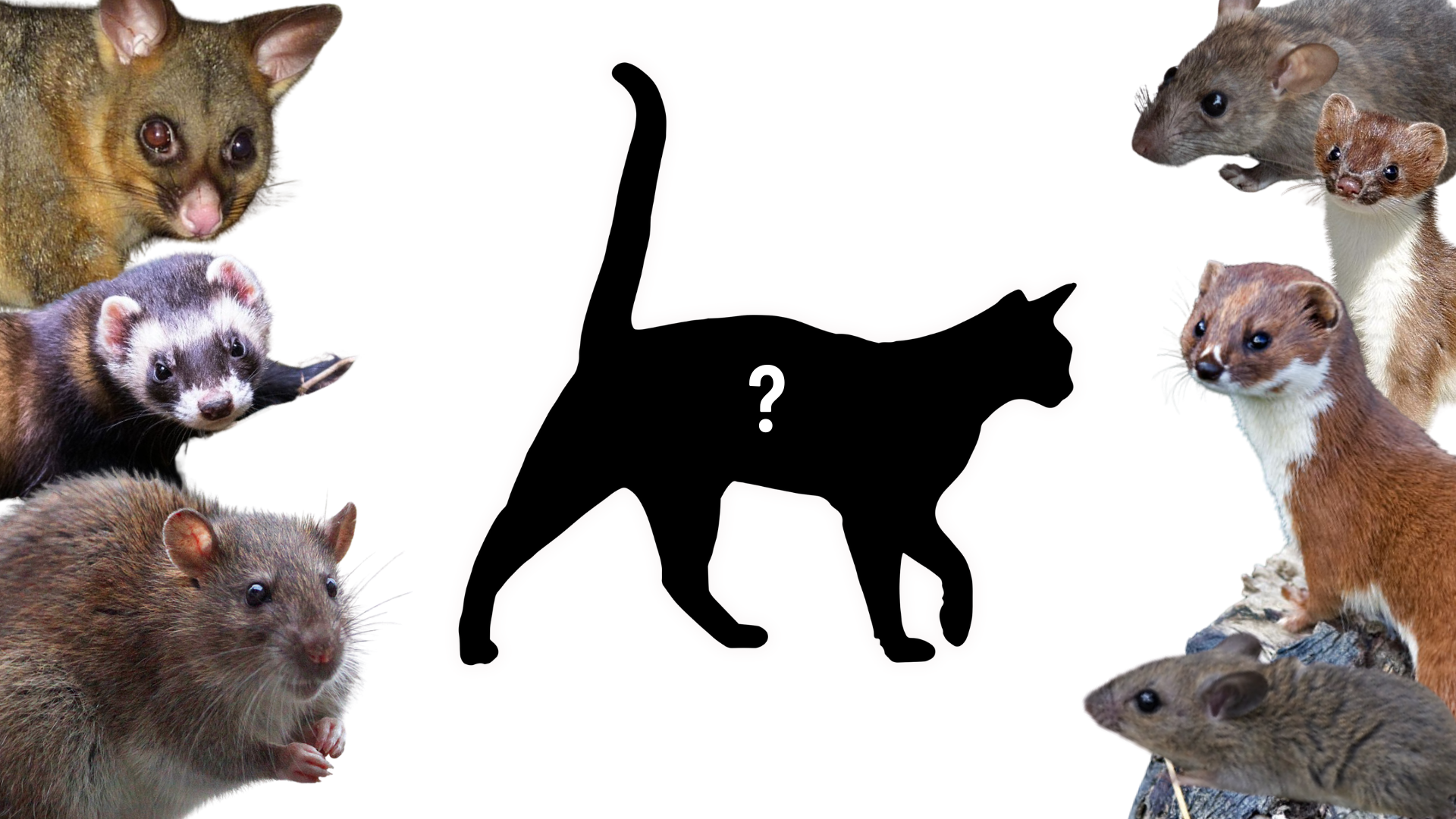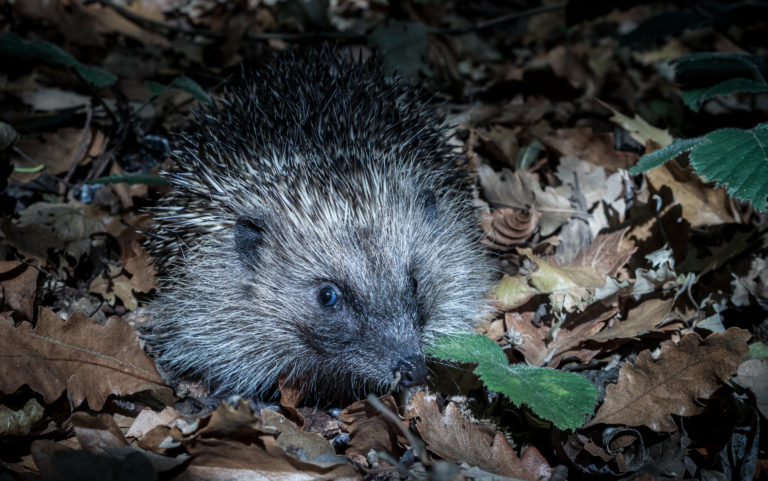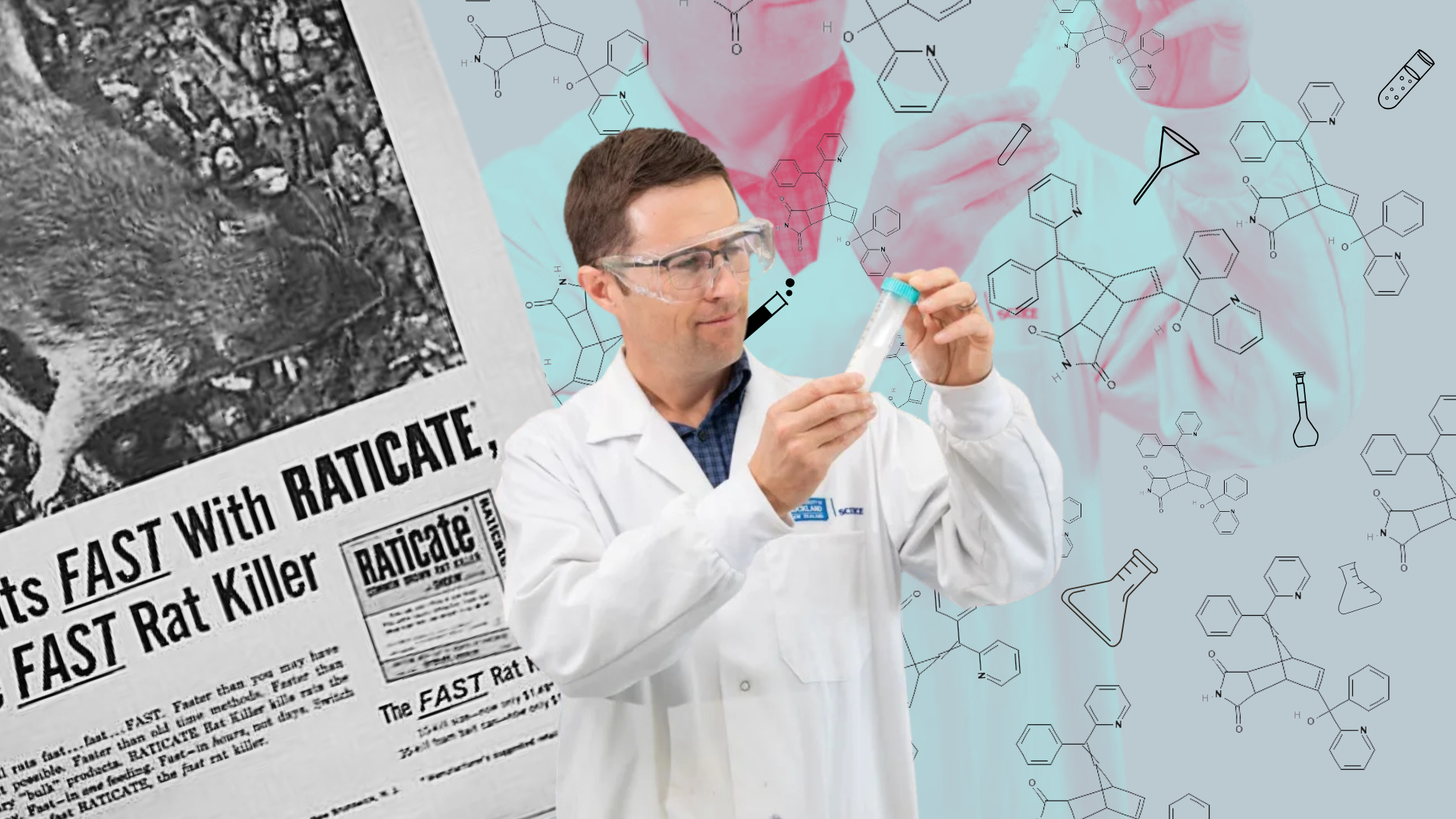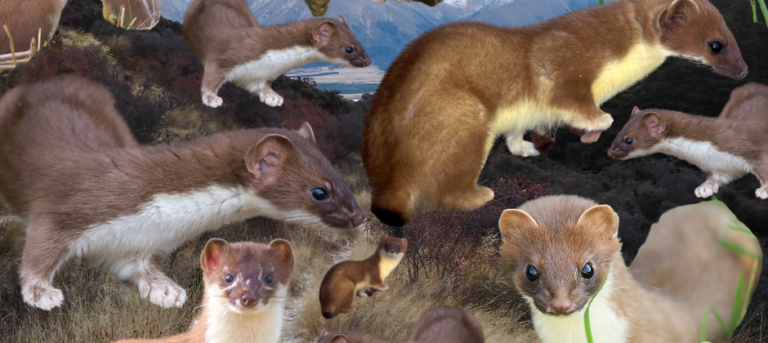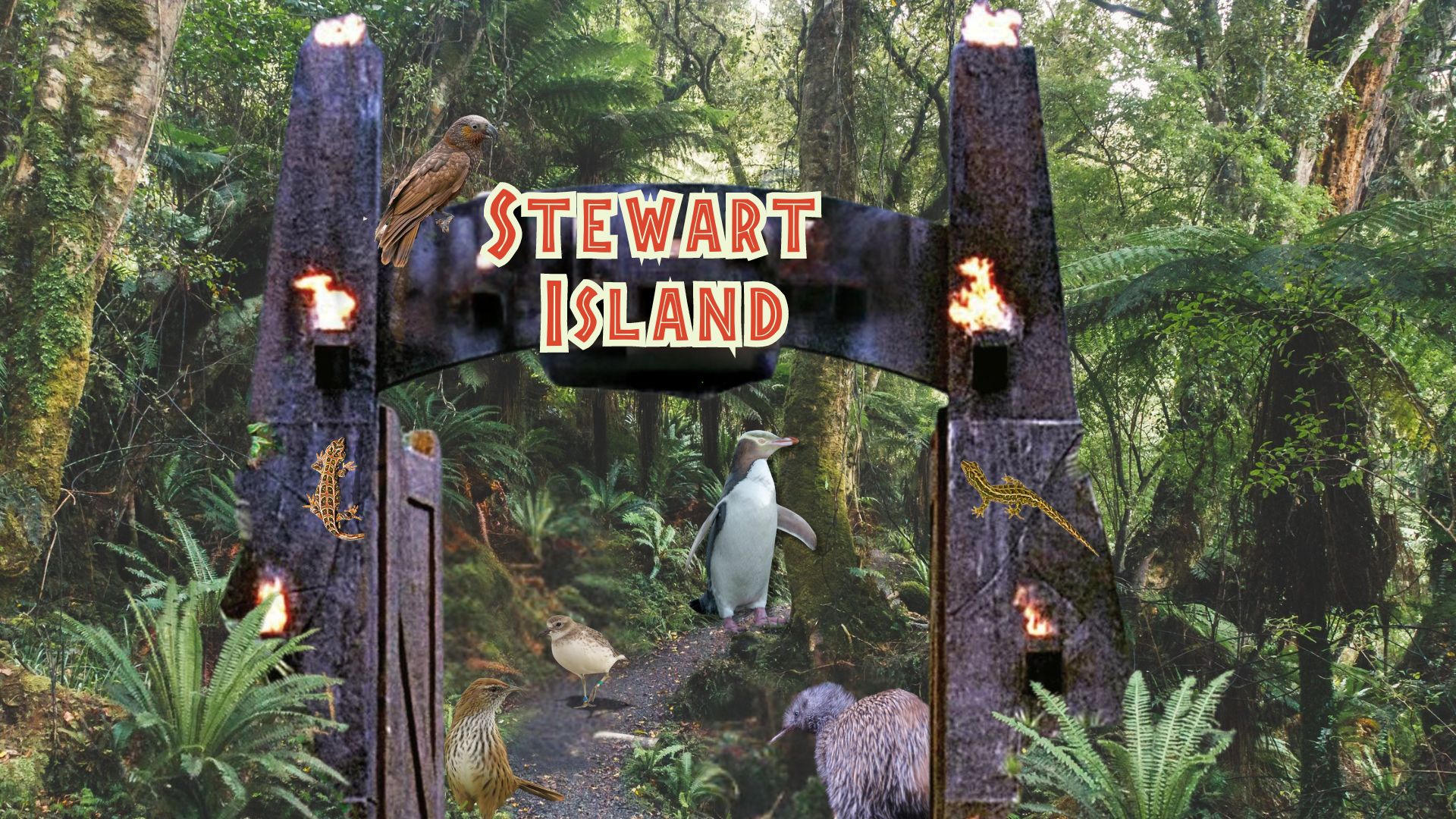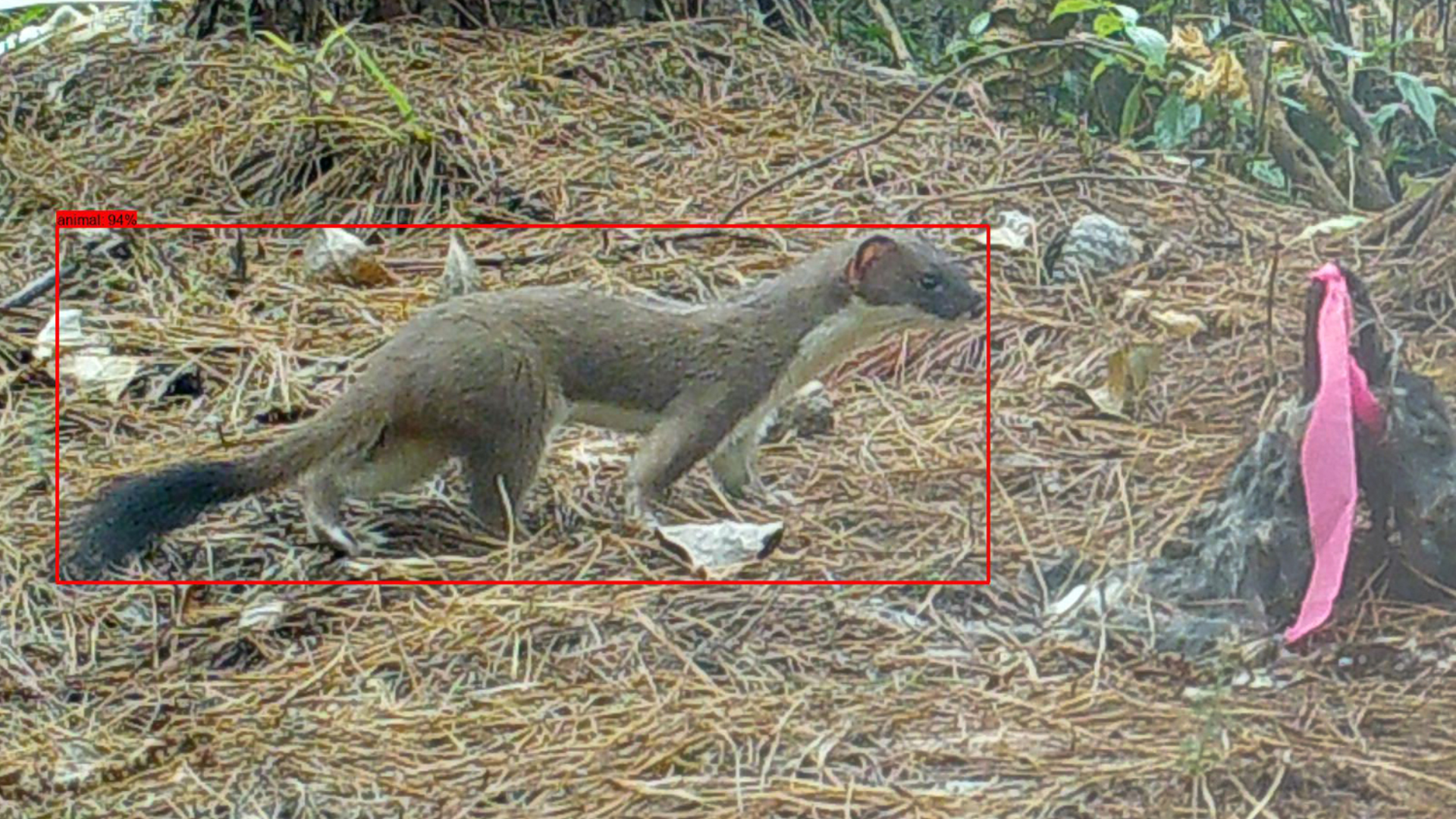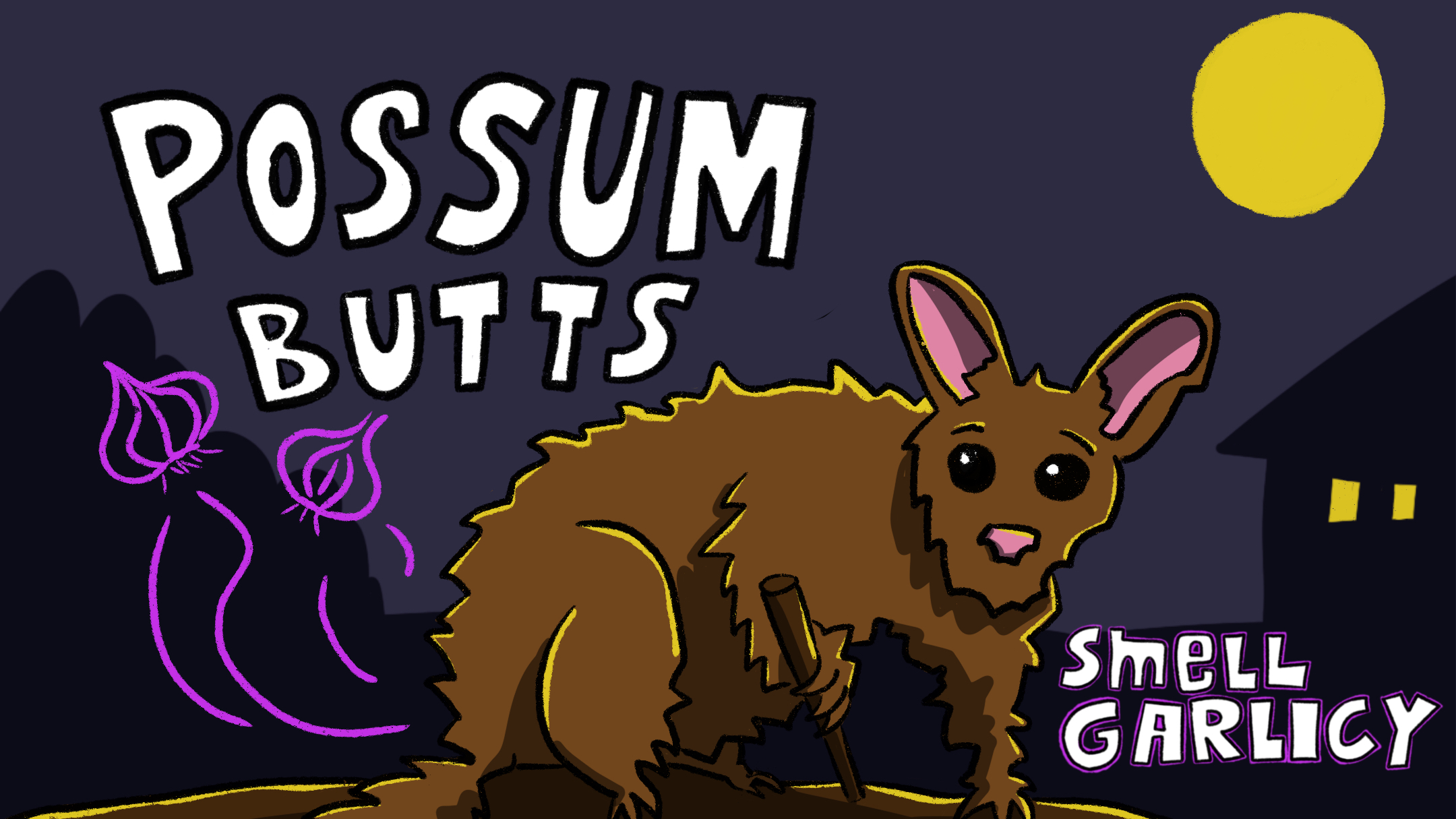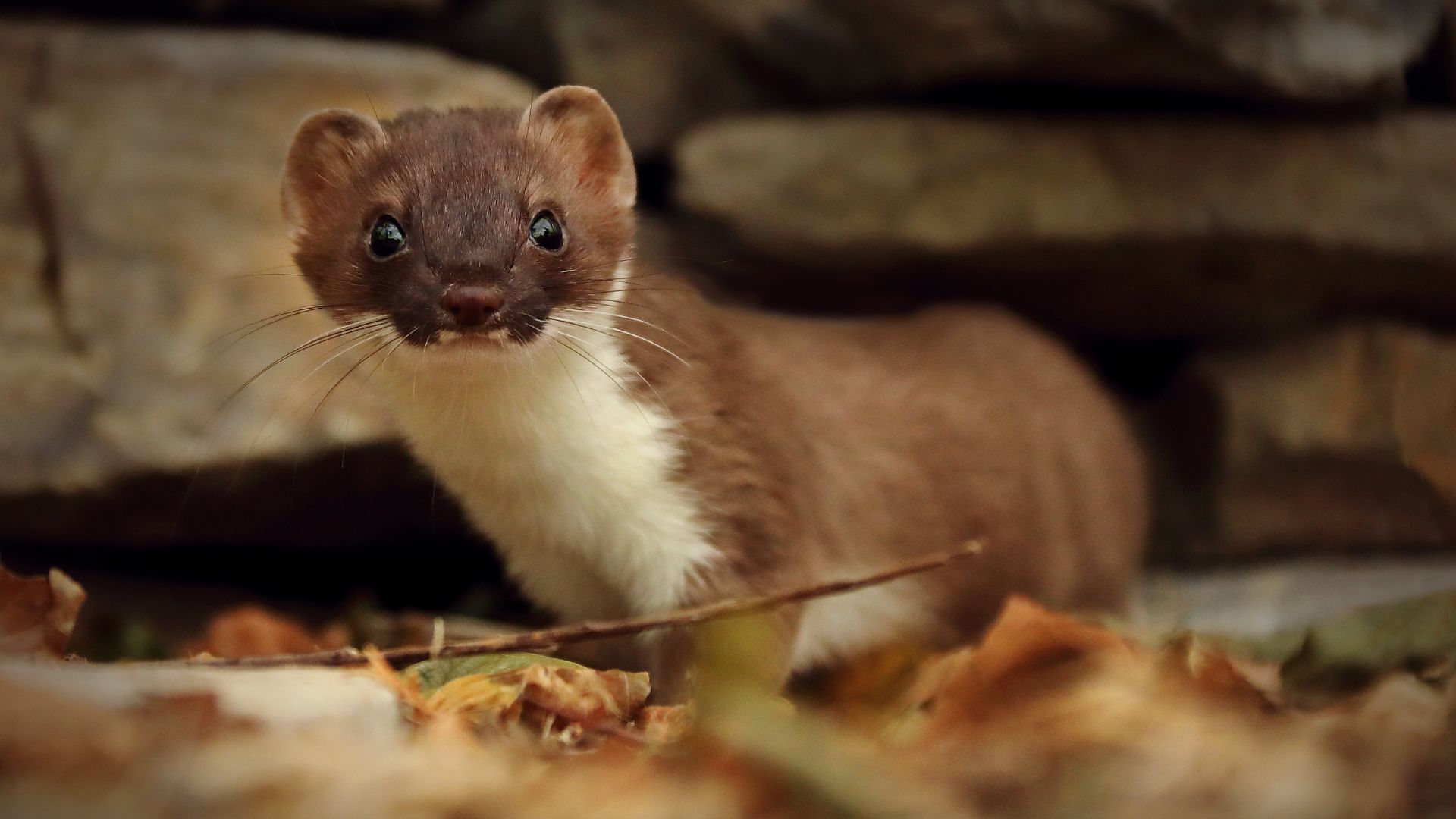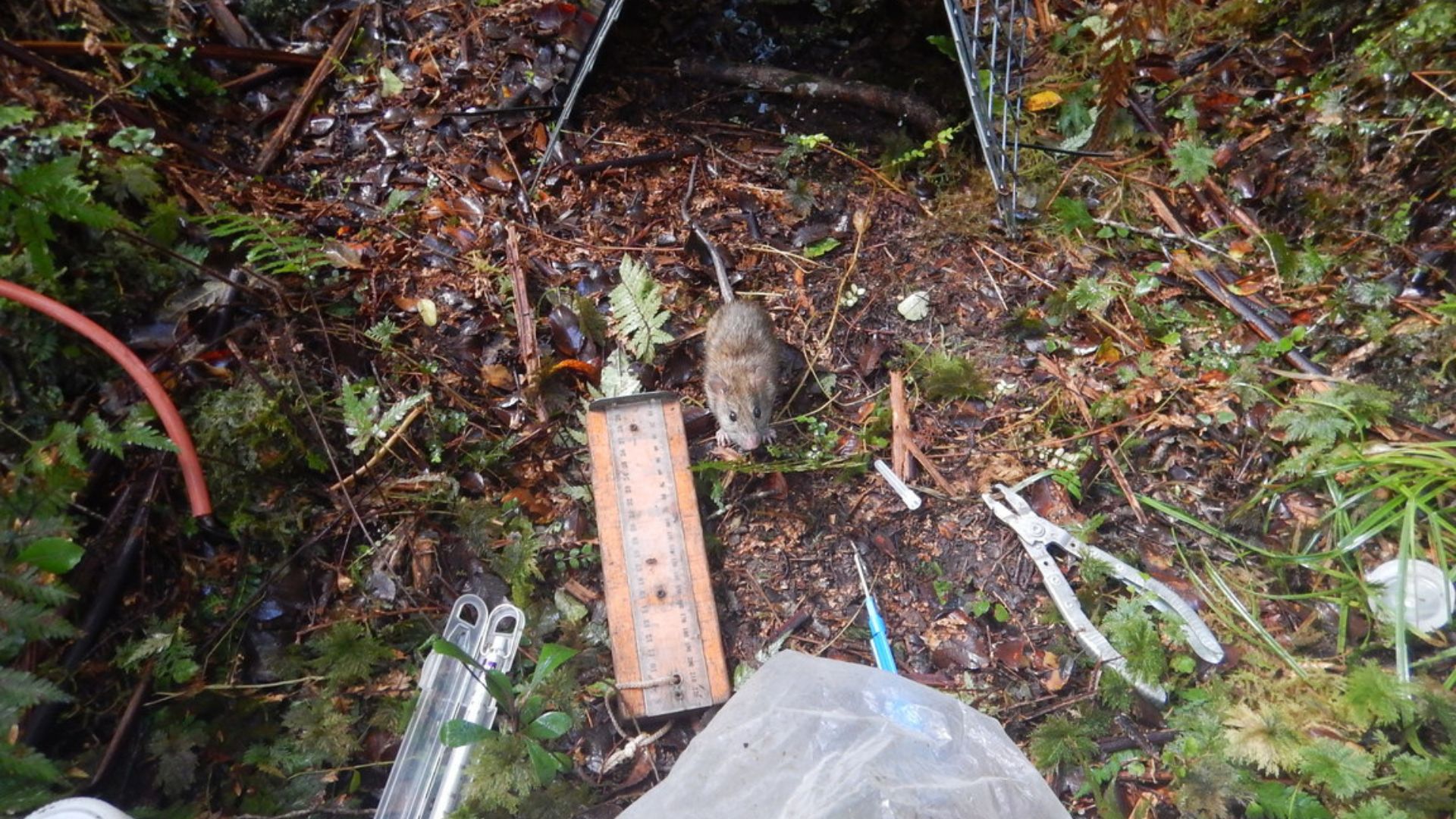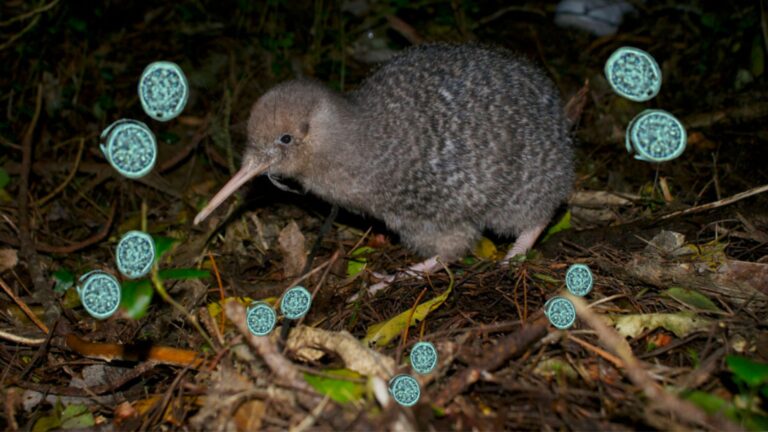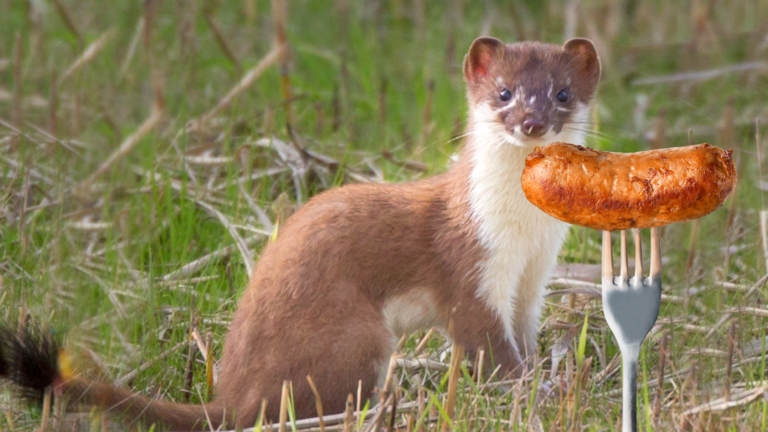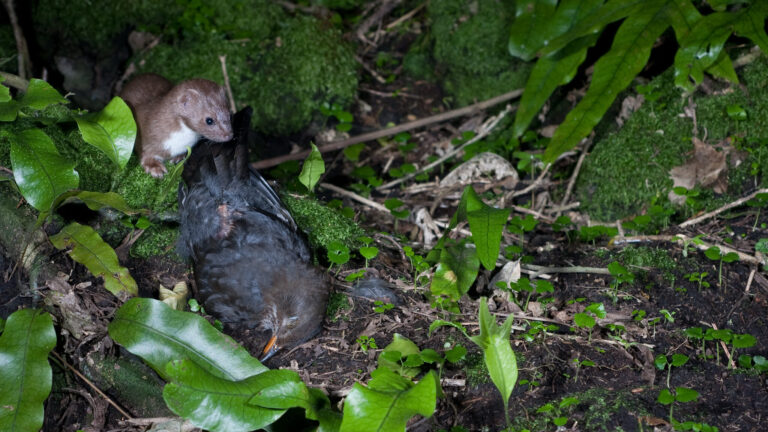Other articles tagged with Introduced predators
Brutal truths: 7 feral cat facts
Feral cats are pushing wildlife towards extinction. But they aren’t part of the Predator Free 2050 strategy. Help us change that.
True cost: predators can damage your home and your wallet
When cold weather pushes rodents indoors, infestations happen. They cause damage by chewing everything. The good news? Owen Stobart says you can prevent it.
“Underrated predators”: 5 surprising facts about hedgehogs
Hedgehogs were introduced to make British settlers feel at home. The impact they have on native species is now only just being understood.
World first: revival of the rat-specific toxin
A breakthrough is coming - a rat-specific toxin that leaves birds, pets, and livestock unharmed. We spoke with Dr Lee Shapiro about norbormide.
Dogs, AI, heat-detecting drones: chasing the last possums on the Otago Peninsula
Discover how Predator Free Dunedin are using innovative strategies to track and eliminate the last possums on the Otago Peninsula.
It’s business time: stoat mating mania and what you can do about it
Spring has sprung and the stoat mating frenzy has begun. From the moment they open their eyes as babies, female stoats are almost certainly pregnant.
From two-year gecko pregnancies to colour-changing birds: meet five remarkable Rakiura residents
With golden beaches and emerald forests, Rakiura (Stewart Island) has been called “a piece of the primeval world” and is home to many wildlife wonders.
Catch me if you can: how can we better trap shy female stoats?
Current traps nab more male stoats than females, which is a big problem. Females are basically always pregnant, non-stop baby factories.
Comic: smelly predator science
Possum butts smell garlicy. Research suggests that predator-emitted volatile organic compounds could be used for predator monitoring.
Stoat personalities: unravelling the mystery of trap-evasion
Why do some stoats get caught in a trap, but others walk on by? Researchers have been diving deep into animal behaviour in an attempt to find out.
Buzz off: 7 facts about wasps
When you think of “introduced predators”, what comes to mind? Probably feral cats, rats and stoats. Wasps are introduced predators too.
Study reveals surprising insights on rat behaviour in NZ forests
If we can understand how invasive species use different habitats, we can better predict how their populations might change due to climate change.
Unseen threat: sanctuary kiwi exposed to parasitic disease from cat scat
A recent study has found high exposure rates of toxoplasmosis in a kiwi population that does not share its habitat with cats.
Sausages on the menu: trials target feral cats and stoats
Stuff them in a roll or slap them on a piece of white bread; sausages are a Kiwi classic. Stoats and feral cats have a taste for them too.
Bird count not body count: weasel study suggests recovery of native species more important than predator kill count
Described as “murderous saveloys with legs”, new research suggests we pay closer attention to the recovery of native species rather than simply counting the number of predators killed.

